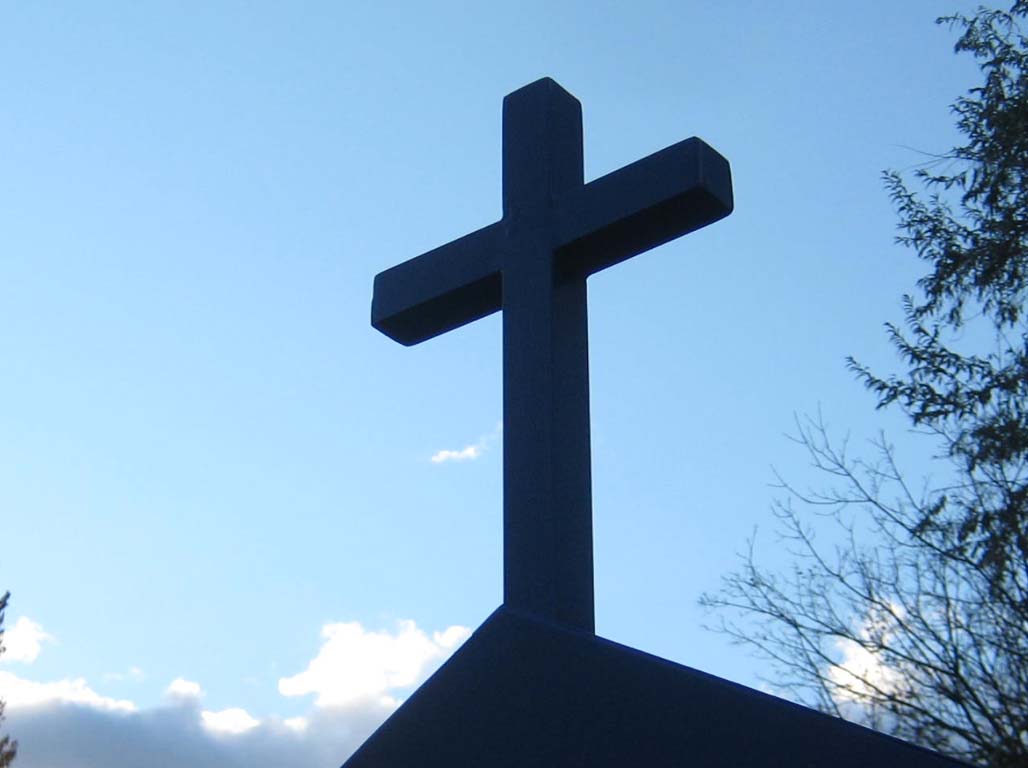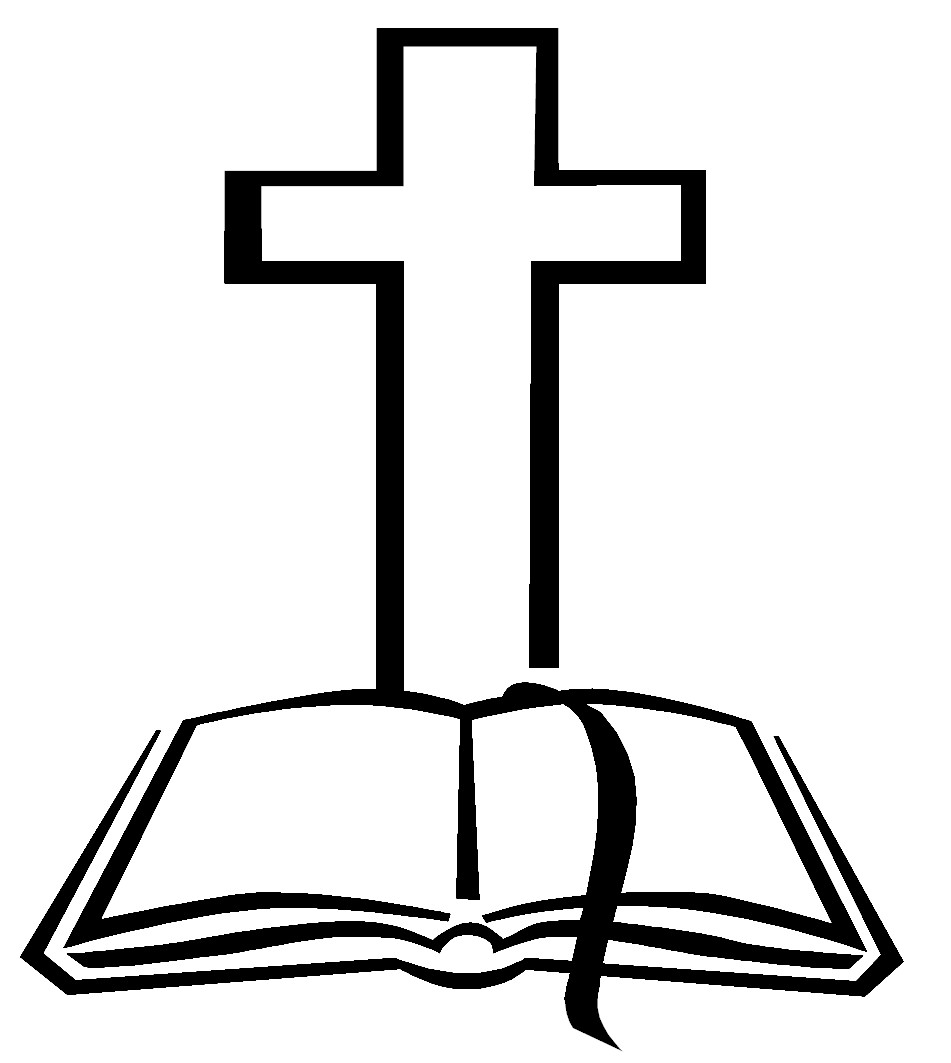This doesn't mean anybody's throwing fakes and deceptions at you. It means you have to be careful to put language in its historic and linguistic context, both literal and analogical.
This is true in a big way with the Biblical words we use. You've got "flesh" portrayed as something degrading ("shun the flesh") and something loved and chosen by God, who comes to us in the Flesh. ("And the Word was made Flesh, and dwelt amongst us.")
You've got the "world" meaning a realm utterly antagonistic to God, and also the "world" as being something very good (after He created it, "He saw that it was very good") and something He loves ("for God so loved the world...")
You've got "yeast" signifying corruption (the insidious "yeast of the Pharisees") and something signifying the Kingdom of God (the woman who kneads yeast into three batches of dough, and the goodness of it "leaveneth the whole lump.")
One of the reasons the Catholic Church heretofore has liked to write its official statements in Latin, is because Latin, not now being a vernacular language as it once was, undergoes minimal semantic shift: so one can hope for a greater stability of meaning.
My advice to you is: wisely refrain from making pronouncements on Catholic doctrine, about which you fall into misinterpretation via a kind of "hermeneutic of suspicion" and whose contexts you so have heretofore regularly ignored.
Instead --- a word to the wise --- ASK. Ask what is the definition of "this word," what is the definition of "that doctrine."
++Or go on giving your best guess, or referencing non-Catholic sources, and you will continue to require correction. Sometimes I have time to do that, and sometimes I don't.
As for Christ on the Catholic Crucifix: it is Christ who makes the crucifix significant. There is always a crucifix on a Catholic altar for Mass, to remind us that this is the sacrifice of Christ, our High Priest, done once and for all on the hill of Calvary, almost 2,000 years ago.
There do exist empty crosses in Catholic church art. The big cross done mosaic-style in stonework behind the altar in my own parish shows Christ resurrected, with His arms upraised, standing (or seemingly floating) in front of a big cross.
There's nothing bizarre about that. It's a different image, but we haven't correspondingly changed our doctrine. It's simply the artist's conception, neither more nor less.
Your generalizations are, in the main, baseless and tendentious. I'm telling you this as a friend. Do not embarrass yourself by making unfounded generalizations about Catholic crosses. You might want to keep actual examples of Catholic crosses firmly in mind:
 |
 |
 |
|
`
|
||
 |
 Glad to send lots more, if you like. I'm a dab hand at liturgical art, but I can't seem to get this to display more than 4 at the same time. I'm not so good with electronic devices. |